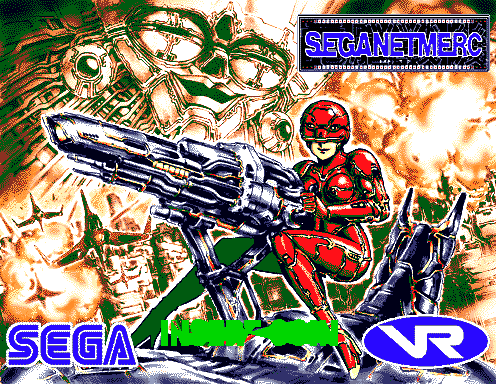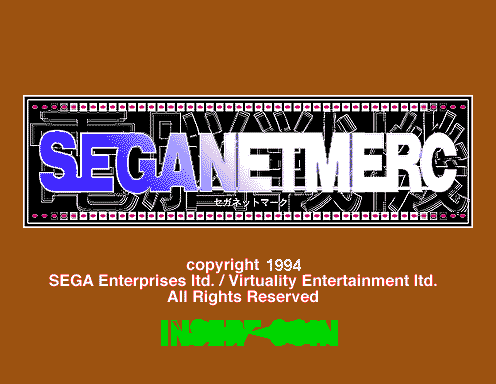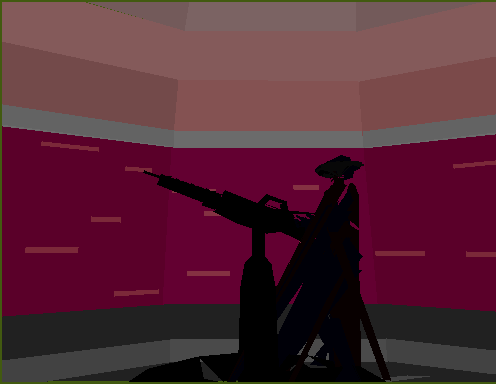This is the 2016 writeup article. I haven’t actually found time to do one over the course of the year, so I’m just leaving this here and open and will add bits to it from time to time. Consider this an experiment.
Introduction
2016 is the 19th year of MAME and by this point a number of people are wondering what MAME could possibly still do or have done over the course of the year that is worth caring about. Actually, maybe that’s not entirely true, a lot of people do still have some idea of what they would like to see from MAME, but many of the things they would like to see currently aren’t very realistic goals but if you exclude those the original statement holds true.
In reality, there are still a decent number of things that can be done and 2016 saw a number of tough cases cracked and progress in some important areas. I’m therefore going to open this writeup by looking at a couple of reasons why using a recent build from the end of 2016 makes more sense than using older versions of MAME even if you have little interest in many of the more complex things MAME is doing these days.
No Going Back
The Big Bad Wolf!
Improvements to the emulation of classic arcade games is always going to be something people look for in MAME. While the project has moved on significantly in terms of the overall goal it will always continue to be the place you’re most likely to see real improvements to the emulation of the classic arcade machines. Possibly the biggest piece of news from 2016 in this area was the improvements made to the emulation of Taito’s Operation Wolf.
Operation Wolf is a classic ‘on-rails’ shooter, it was ported to a decent number of home systems and could be found in the majority from when it debuted in 1987 well into the 1990s and in some cases, beyond. It was a popular title, it helped establish the genre with it’s large sprites and detailed scrolling levels. The arcade version had also never been properly emulated, and despite being a title anybody with a gun-based setup would want to run in MAME was simply a game that nobody was experiencing properly due to the poor emulation.
In 2016 an unprotected prototype of the game turned up, this allowed the simulation of the protection device on the original sets to be rewritten and finally, the game played in MAME as it was meant to play rather than there being various ingame events missing etc. The only way this could be improved further is if the actual protection MCU was dumped (and the new simulation is so good that would likely be a technical improvement only, with no ingame difference) but that’s a challenge for another year. Either way, there’s no reason you would want to be using an older version of MAME to play Operation Wolf, unless you like playing a broken game!
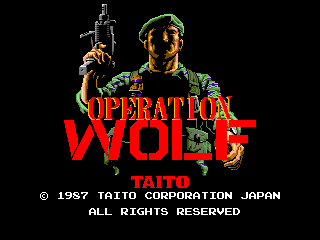
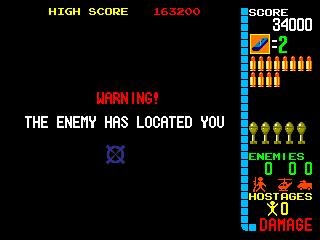
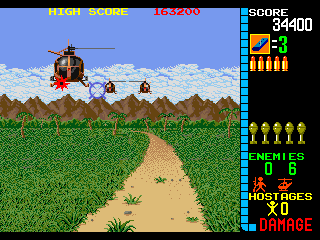
Heading off into the Sunset
Sunset Riders, released in 1991 is another classic arcade title, and another that until 2016 was not actually emulated properly. Usual culprit, a protection device that wasn’t emulated properly. In this case the protection device controlled ingame collisions and the like. The problem was that the protection simulation was using one of two copies of the positional data the game stored, unfortunately, the one being used happened to be the wrong one, a buffer rather than the data the original device would have worked on. This resulted in a number of collision problems, and jumpy / glitchy movements when walking on diagonals (stairs etc.)
This was actually a serious bug, and much like Operation Wolf the game really shouldn’t have been marked as Working in MAME while the bug existed. It’s fixed now, so much like the previous bug, unless you actually want to play a buggy, badly emulated version of the game that could glitch out on you at any point you’ll really want to be using a recent MAME build.
*** Sunset Riders Pictures here ***
Toaplan Tunes
Sneaking in at the end of the year was sound support in 3 Toaplan titles; Fire Shark, Vimana and Teki Paki. These games have been emulated since the late 90s but have never had sound emulation due to the sound code being stored entirely in an MCU. With those sound MCUs dumped the games now have perfect sound and music, again leaving you with little choice but to run a current version of MAME if you actually want to see these classic 90s releases properly emulated.
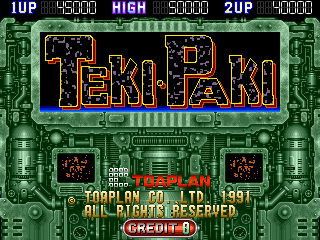
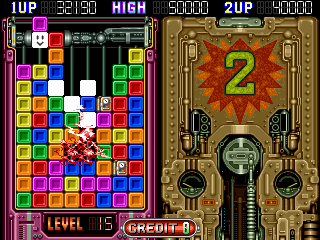
(Teki Paki now has sound and music)
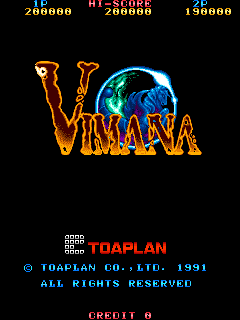
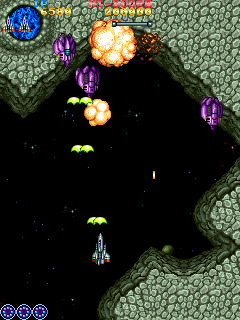
(Vimana also now has sound and music)
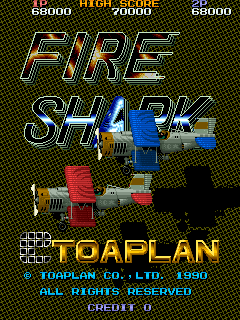
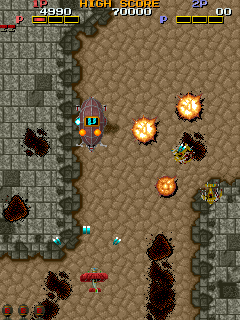
(as does Fire Shark)
RAX
The Toaplan games weren’t the only ones to gain sound emulation in 2016. The ‘RAX’ sound board used by Batman Forever and NBA Jam Extreme was also emulated giving sound in both of those games. Neither is what you’d consider to be a classic, but if they do happen to be your thing then a recent build is required if you actually want to hear any sound in them.
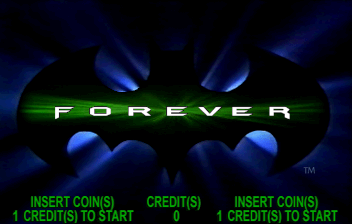
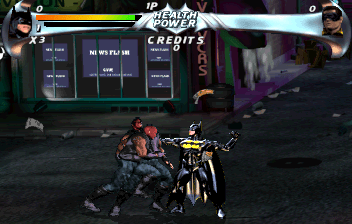
Further to this, other important fixes were made to the actual emulation of NBA Jam Extreme, including preventing the game from hanging in attract / having corrupt score data, and the correct mapping of the ‘extreme’ button.
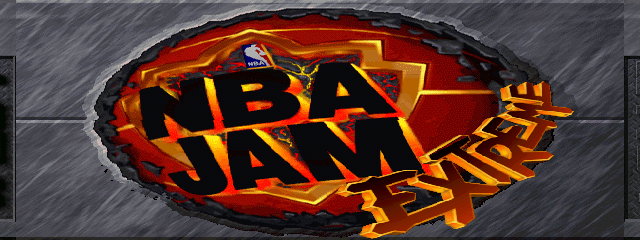
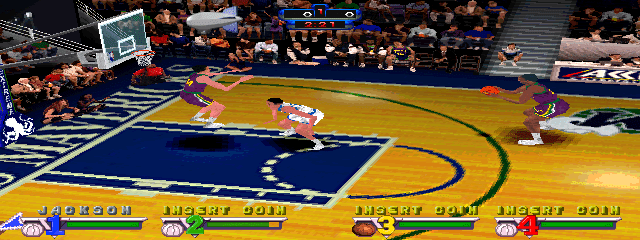
Smaller Improvements
A redumped graphic ROM means that Cat ‘n’ Mouse now has correct graphics for the various characters that attack you. The problem was spotted the previous year, but it took until 2016 to source a PCB to redump the ROM from; it was easy to see how the mistake was made as well, the PCB is marked for a lower capacity ROM but some wiremods allow it to support a higher capacity one with banking.
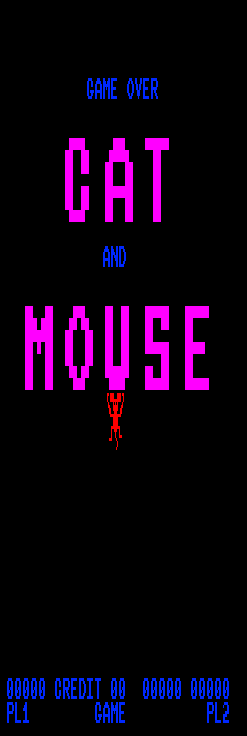
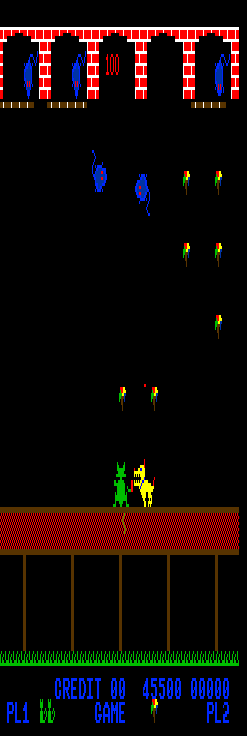
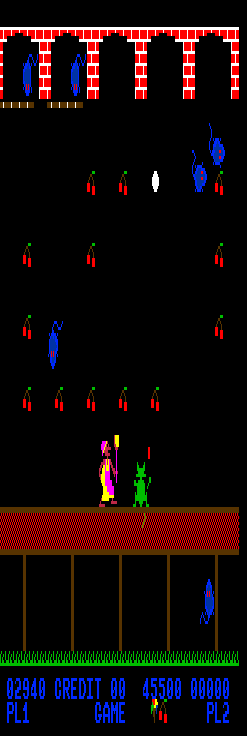
Newly Supported
Atari’s Space Lords had remained a noteworthy hole in the catalog of Atari games that had been emulated until last year too. Typically when such an old but well known game isn’t emulated properly at all it’s because there are significant challenges involved in emulating it, Space Lords was no exception to this as the original hardware utilized a particularly devious protection device that would decrypt various pieces of vital game data on the fly. Thanks to a huge amount of work and hardware analysis this protection was fully figured out over the course of 2016, further reducing the number of unemulated Atari titles.
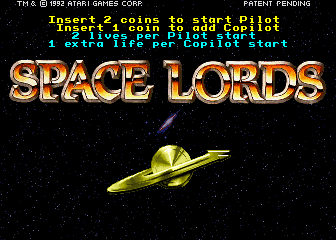

Space Lords was actually the 2nd of 2 Atari games that had their protection devices studied, the first was actually Moto Frenzy, which again attained playable status thanks to the work done in studying the protection (that one does still seem very glitchy in MAME tho, so I’m actually wondering if something was missed or if the rest of the hardware isn’t properly emulated)
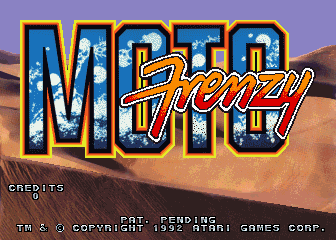
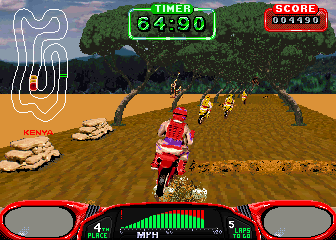
Gaelco’s protection schemes remain some of the most annoying ones out there due to their anti-tamper suicide system. Unfortunately while 2016 did not see any progress made towards cracking these we were lucky enough to come across an unprotected version of “Touch & Go” released for the Korean market. That version runs correctly (aside from some sound issues which are an emulation problem, unrelated to the protection)

Snow Board Championship is another Gaelco game, but unlike most of the games it uses a different protection scheme. There’s no suicide protection on Snow Board Championship, instead there’s a device that scrambles / descrambles values; the game passed various important game data to the device and expected the correct values back in order for the game to function correctly. The correct workings of the device were worked out early in 2016.
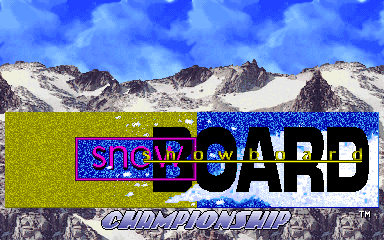
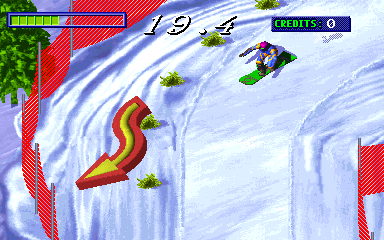
’96 Flag Rally is another game that surfaced during the year. Running on the same hardware as 1945k III it was possibly developed by Oriental Soft and published by Promat but that isn’t certain. The game copies the formula of Namco’s classic ‘Rally X’ while ripping graphics straight from a number of popular PC strategy games of the period. Not the most inspired of games, but for what it is, it’s well executed.

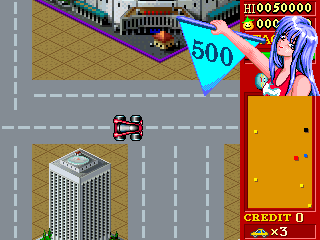
Taito’s Go By RC (aka RC De Go) was one of the few remaining unemulated G-Net titles, mainly because the controls hadn’t been hooked up. They were hooked up in 2016 bringing the game to playable status.

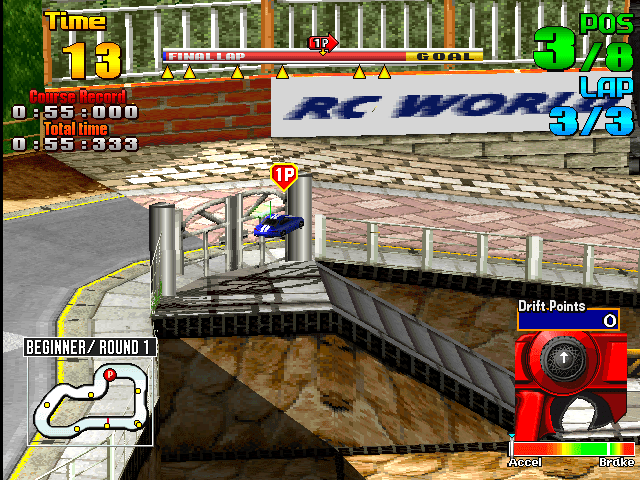
Namco’s Star Audition is a Japanese music game I don’t entirely understand, I’m not actually sure it’s emulated properly as there seem to be some large black graphics that obscure things at times.
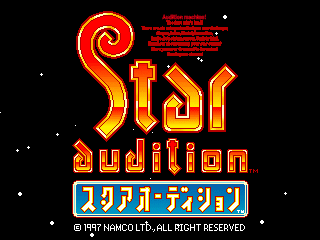
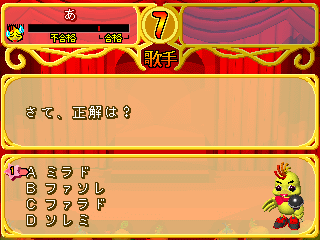
Most modern looking games don’t run well in MAME, that’s an established fact, for many there simply doesn’t exist a PC that can run them at full speed. Some drivers manage to squeeze in a little more performance thanks to recompiler cores etc. allowing them to run at acceptable speeds on high-end hardware (although not always without issue) The IT Eagle driver is one of those drivers that benefits from having a recompiler, and while the recompiler does seem to cause issues with some games in the driver randomly hanging, namely Big Buck Hunter and Virtual Pool, there was another game added in 2016 that appears to run just fine without any hangs. That game is Carnival King, a multi-stage gun shooter like Point Blank etc.



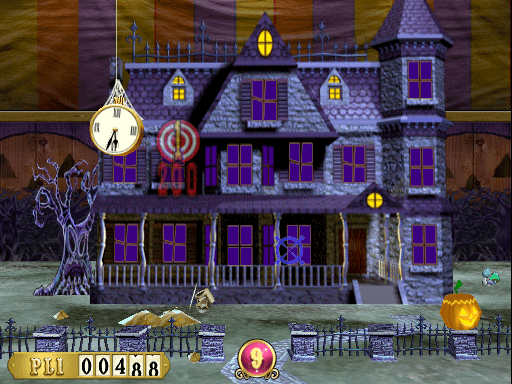
Another more recent game is Namco’s Techno Drive, which seems to be a play on words as it’s a “Technical” driving game, with a unique graphical style. The game consists of a series of driving challenges / tests, so in that sense it’s a bit like Point Blank too, but instead of being a test of your shooting ability, it’s a test of your driving ability. You have to turn the printer off in service mode for it to boot!
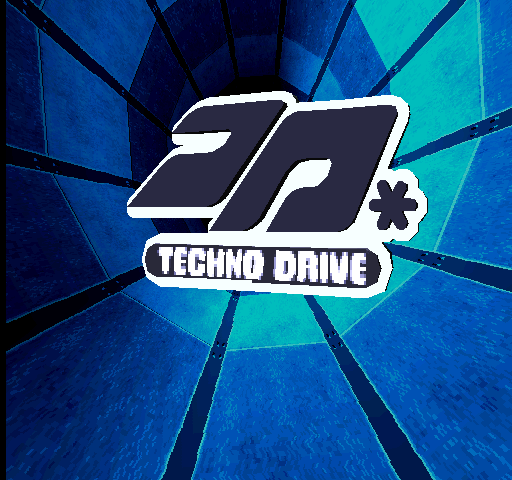
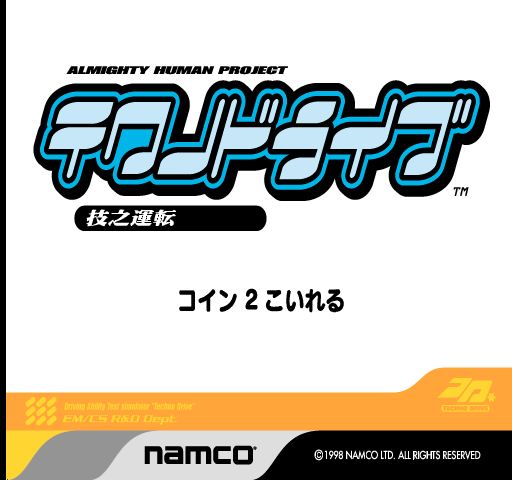
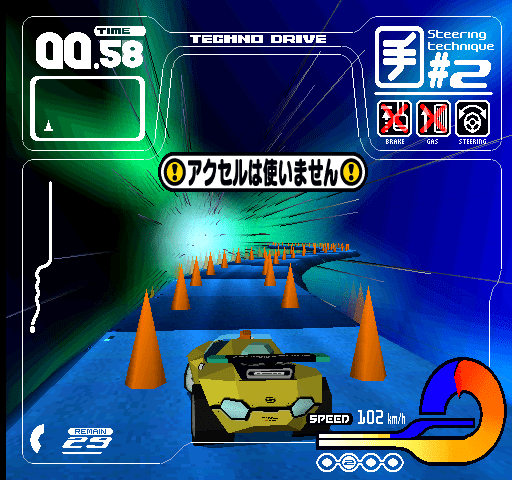
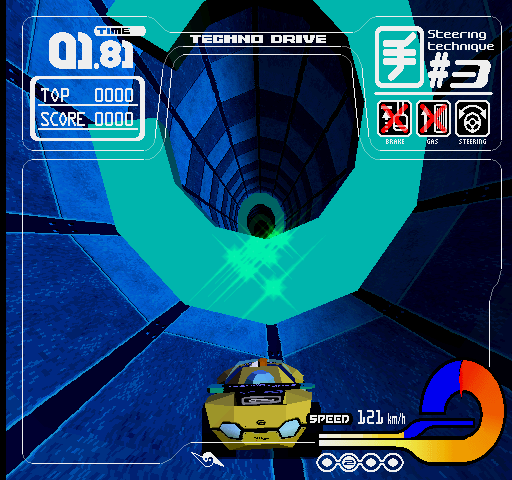
Sky Robo, or Tatakae! Big Fighter is a game that could easily have been put into the category below, although doesn’t seem *quite* as rare as some of the ones that will be mentioned after this. It’s Nichibutsu’s final shooter before all further Nichibutsu releases were mahjong games. It actually feels very unfinished in places, and I suspect it was shipped out before it was actually fully complete due to the aforementioned scaling back of operations to Mahjong titles only. The two versions are interesting, Sky Robo skips the first stage and has a significantly harder difficulty while Tatakae starts of gently. Both identify as Japan versions so I’m left wondering if Sky Robo is a hack, or if Nichibtusu was testing the market. The thing holding back the emulation was the protection, with that figured out the game runs fine. While the code to make this work was submitted in 2016 and was available if you compiled your own build it didn’t quite make a MAME release in 2016 if you were wondering where it was.
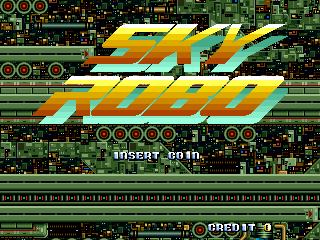
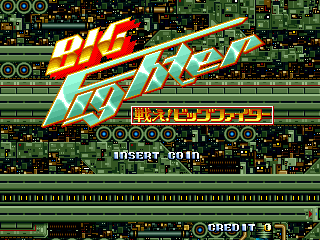
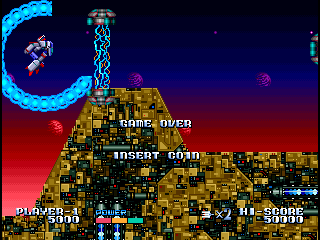
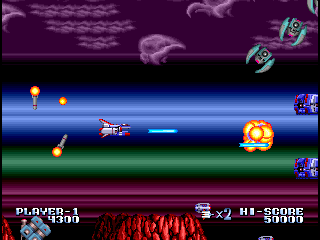
Prototypes & Other rare titles
Rare or unreleased titles makes up a fair amount of the arcade material that get discovered these days, that shouldn’t really be too surprising, anything common enough to be widely remembered has already been found so most of what is left very few people have heard of.
Prototypes end up appearing in various stages of development, some playable until the end, others barely functional at all, with most sitting somewhere between.
Kyuukoukabakugekitai (Dive Bomber Squad) is a prototype that is definitely incomplete, the first levels are playable, but it quickly becomes apparent that the content after that point has not been fully developed; collisions are missing, various major game glitches occur and ultimately the game becomes unplayable due to the unfinished content. It was a famous Konami prototype, but ultimately it’s fairly easy to see why it didn’t make it.
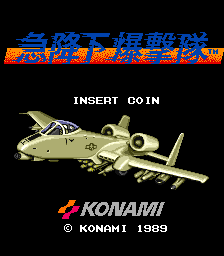
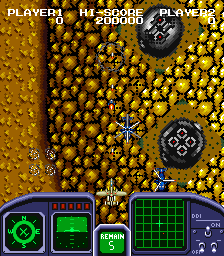
Wing Force on the other hand feels like a much better game. This vertically scrolling shmup appears to have been abandoned late on in development; the game is playable until the end with only a handful of issues, less than many released games. Interestingly while the game itself seems complete some of the surrounding code, such as a test mode or ability to read dipswitches is absent from the code. For the board used these things would usually be handled by the protection device on the PCB, but the game makes no attempt to communicate it suggesting that development stopped before those things were implemented. It’s much more difficult to see why this one wasn’t released, for the time period in question it would have been a strong release and is a much better game than many later titles that were actually released!
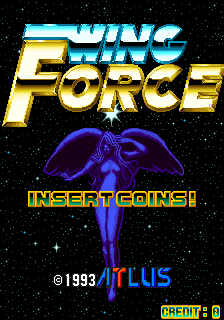
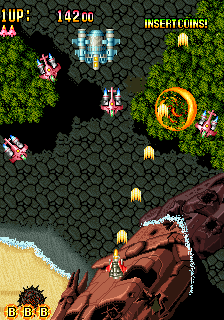
Android is an usual case where two very different prototype builds of the game turned up, each with very different play mechanics. The earlier build of the game suggests that the developers were going for something unique, while the later build turns it into a more generic Galaxian / Galaga type game which doesn’t seem to make much sense because the secondary fire mechanism for stopping enemies from respawning that was so obvious in the earlier build is gone so it’s never actually clear how you’re meant to kill them for good! I feel the earlier version of the game could have made for an interesting release had development continued down that path; the later revision just seems worthless. Rumour has it that the later version did actually see a limited release in Japan however, which is rather difficult to believe!
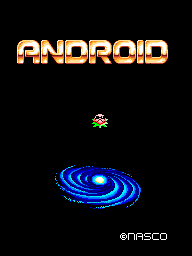
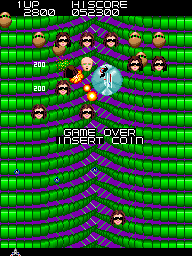
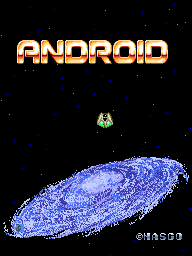
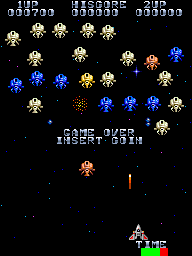
Metal Freezer may or may not be a prototype, or possibly just a limited release. The game was clearly developed as a spiritual sequel to the surprisingly popular Mustache Boy and has a similar style to it, making use of similar ‘block painting’ game mechanics. It’s a decent game, and it seems complete so I can only assume Seibu felt it had fallen too far behind the curve to release in 1989 when there were more advanced games on more capable hardware hitting the market.
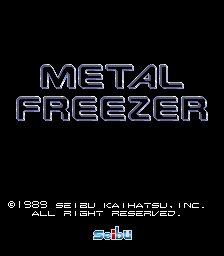

One of the final MAME contributions of 2016, that, depending on your time zone, you could argue was actually the first contribution of 2017, was another prototype. This prototype, Hangzo, is a game developed by Hot-B running on Data East hardware. It’s a 5-level run and gun style slash ’em up ninja game with small but stylish sprites. In many senses this game operates as a fully complete arcade game, 5 levels, end credits, different difficulty levels depending on the dipswitches etc. but in another it feels like it hasn’t really been fleshed out. You can blast through the game in around 15 minutes, the levels are very short, and even the bosses go down quickly. Actually the longest level seems to be the first one which to me suggests maybe Hot-B were planning on fleshing out the levels one at a time after creating the basic game. Still, it’s an enjoyable peak at a game that never made it to market
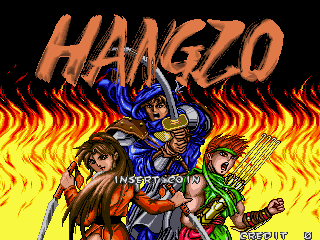
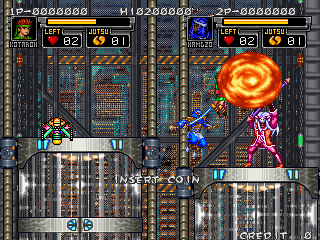
Another late 2016 contribution was Toaplan’s Enma Daio. Enma Daio is considered to be the final Toaplan release before the company went bankrupt. While most people see the name Toaplan and hope for a shooter, in this case Toaplan ventured out and produced something completely different, a lie detector game. It’s entirely in Japanese, with a staggering 24MB of sound samples. (even the NeoGeo, known for it’s excessive ROM capacity had a limit of 16MB of sound samples)

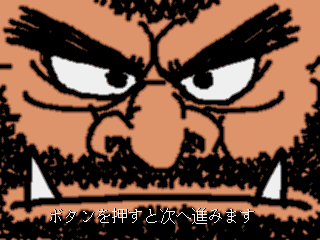
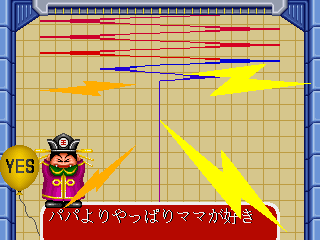
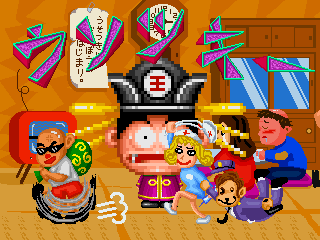
Splendor Blast isn’t an amazingly common game, Splendor Blast 2 is exceedingly rare. It might be difficult to consider Splendor Blast 2 to be a true sequel, as it’s mostly reusing the same game assets and is more akin to a ‘new version’ of the game. The weapons system here for example is completely changed for example, you don’t get a gun from the start but have to pick it up as a powerup. If anything this feels more like a prototype before the game was simplified, although the ‘2’ would indicate it actually came later.
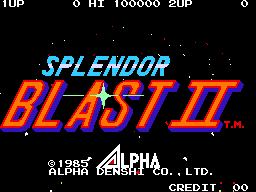
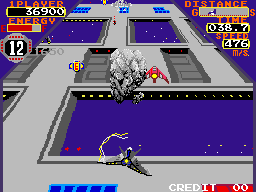
Another, very similar situation to Splendor Blast occurred with a specific version of Capcom’s 1943 that turned up. The game, 1943: The Battle of Midway Mark II, appears to be a version of the game made for the US market that sits somewhere between the original version of 1943 and the revised 1943 Kai that was released in Japan. This actually makes it a unique version of the game because it’s not quite a clone of either version. It’s possible this was a prototype made before 1943 Kai was fully complete for the US market; there were lots of strange goings on at Romstar, the main company that handled Capcom’s US material and it would not surprise me if they were involved here.
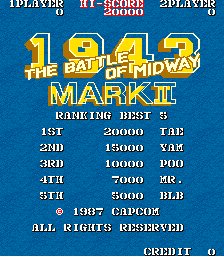
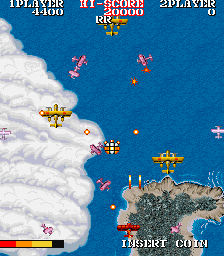
Prototypes aren’t limited to older games, there were actually quite a few from later periods when arcades were starting to die out. Sammy’s Sushi Bar is one such prototype, developed for the Atomiswave system (based on Dreamcast hardware) it apparently never made it to market despite appearing to be complete.
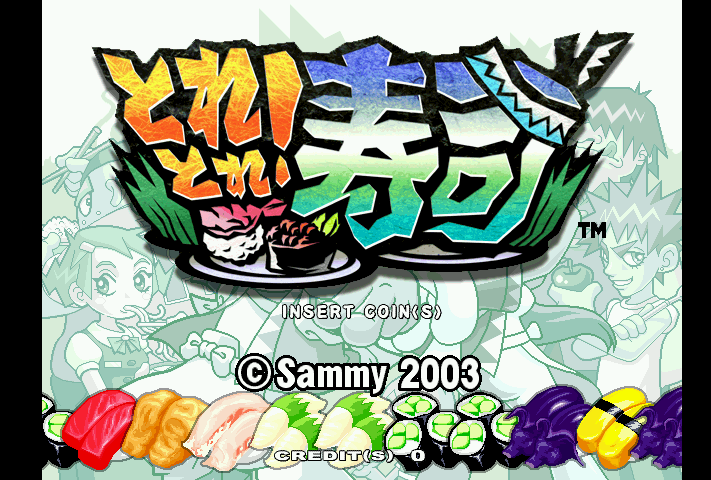
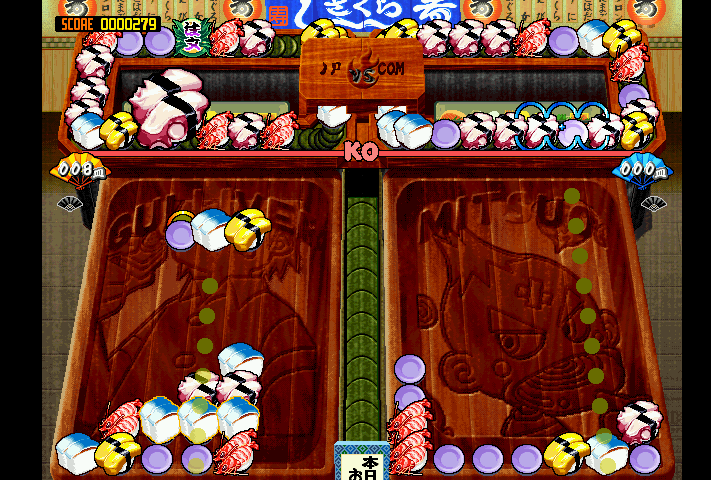
Eeekk! probably isn’t a prototype, it’s just that aside from The Glob / Super Glob games made by EPOS generally weren’t that good, and aren’t especially common these days (there are a number in MAME with missing PROMs or bad ROM dumps because they’ve only been seen once, before people took the same level of care in verifying their dumps) Eeekk! actually looks on the surface quite a bit like Super Glob, there’s a building with a number of connected floor. In the case of Eeekk! the floors are connected with stairs rather than elevators and the actual gameplay is less complex; essentially you just move around, get close to the enemies and give them a punch. It’s an early ‘horror’ themed game but looks primitive even compared to Monster Bash which Sega had put out 2 years earlier which could be why it didn’t end up being especially popular.
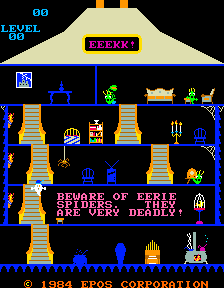
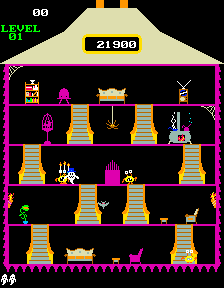
Undumped games on Pac-man style hardware are a rarity these days, and while we’d known about Eeekk! for a number of years, another game, by the name of Number Crash was a bit more of a surprise. Now, that’s not to say it’s a good game, from what I can tell it isn’t. Based on the copyright display it seems to be the product of one person, presumably with an idea that seemed better in concept than what was ultimately the execution. You climb ladders, avoid enemies and kick some numbers around and move onto the next screen once all the numbers reach the bottom; I’m not sure why. Awkward controls and collision don’t help either.
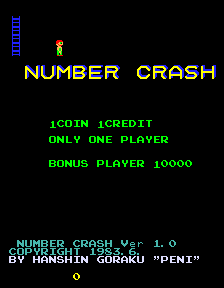
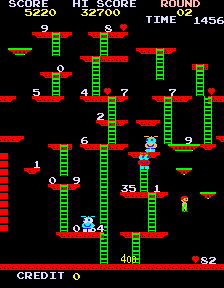
Gorodki is a Russian title and therefore automatically counts as a rarity. It was released by ‘Terminal’ in 1988 and runs on the TIA-MC1 hardware that a number of other Russian titles ran on. Titles like these offer a unique look into a lesser known arcade scene.
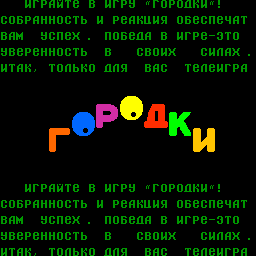
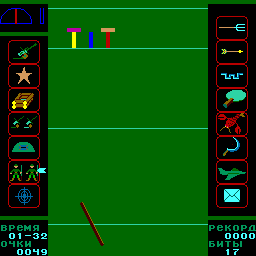
Gorodki wasn’t the only Russian game to show up in 2016 however, another title, Kot-Rybolov, from the same manufacturer was also unearthed. This one runs on an extended version of the hardware used by the others offering a different set of tiles for sprites and backgrounds to give double the graphic rom capacity. Like the other Russian titles it seems quite primitive for the time period but has a distinctive style to it that you simply didn’t get from games produced elsewhere.
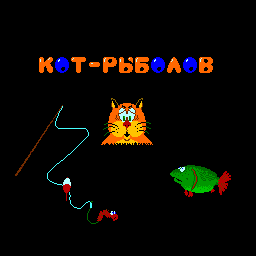
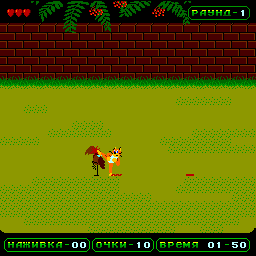
Istrebiteli completes a hat-trick of Russian titles. This is an earlier title, resembling more the non-CPU games that were typically released in the 70s but in this case driven by an 8080 CPU. It’s a simple dog-fight style game for 2 players.
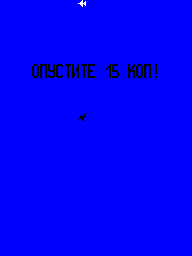
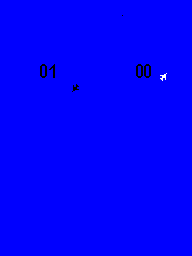
Speaking of Hat-tricks, Team Hat Trick is a 4 player version of the classic Sente game ‘Hat Trick’ It was a very low production run title meaning some people count it as a prototype.
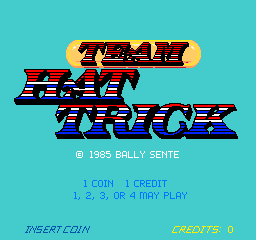
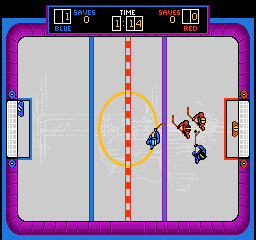
While Team Hat Trick took the Hat Trick Ice Hockey concept and doubled the number of players, Sega’s Slap Shooter went the other way. Slap Shooter is a rare Sega System E Ice Hockey game. System E was Sega’s budget platform, based on Sega Master System hardware. The game is, unfortunately, a poor effort even by the standards of that hardware, as mentioned, offering only a single player game and even then far too much slow-down for the game to be remotely enjoyable. Another one that is good to see preserved and documented for the future but once played becomes very obvious why it was so rare.
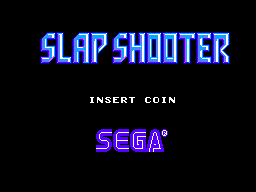
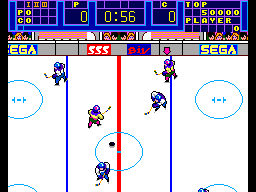
One of the more forgettable rarities dumped in 2016 is Data East’s Ocean to Ocean, two revisions of it were dumped, and it’s on the DECO Cassette System, so was definitely amongst the most ‘at risk’ arcade titles, however in reality the game is a very primitive ‘amusement only’ slot machine. I’m actually amazed anybody treasured this enough to keep working tapes around, but we should be thankful that they did.
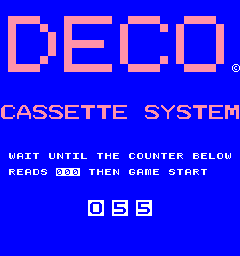
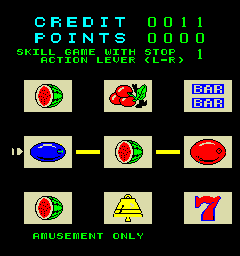
Finishing off the list of prototypes discovered in 2016 is the NeoGeo prototype ‘Dragons Heaven’ (although some places are now calling it Dark Seed?) This came from a dev board, and sadly due to how the dev boards worked (battery backed memory) some of the content was already lost (the text layer graphics data and sound programs) but the program roms and main sprite roms were all intact. It’s definitely the least complete of all the prototypes found in 2016 and has little more than the basics of an engine in place, but it does give you a look at some in-development sprite-work and backgrounds that never surfaced in a released game.
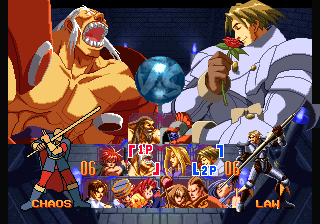
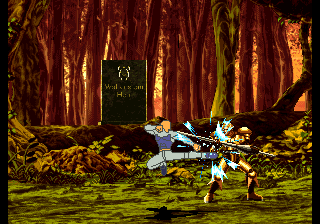
Rare clones
Not all prototypes that get uncovered are of previously unemulated games, prototypes that show already known games in earlier stages of development can be just as interesting.
One such prototype located last year was for the NeoGeo shooter Last Resort, showing the game in an earlier state of development with various different enemy patterns etc. This can be seen even from the first wave of enemy attacks in the first stage.
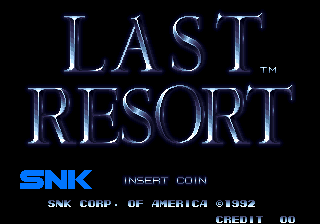
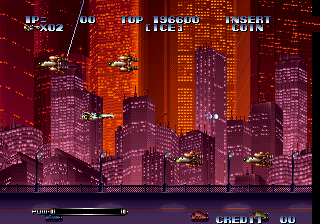
A Shikigami no Shiro ‘prototype’ also showed up, but in this case the prototype is from a later version of the game if you go by the time/date stamp in service mode (27th September 2001 instead of 7th August 2001) but the actual build number / game version is lower than the released version (V1.02 instead of V2.03). Maybe development forked and continued internally on 2 slightly different versions even after the game was released. It isn’t clear what the actual differences are.
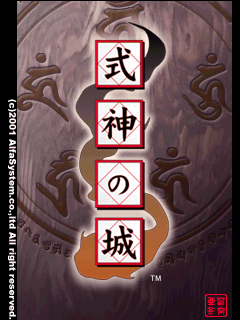
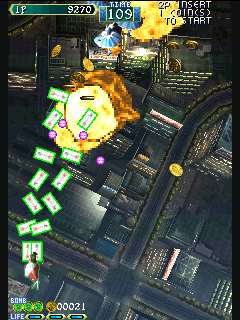
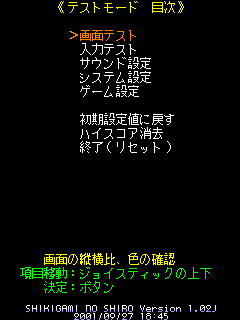
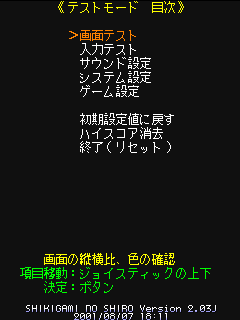
Interesting Bootlegs
The word interesting and the word bootleg aren’t really a pairing of words most people associate. From a development point of view there are quite a lot of interesting bootlegs due to the hardware changes made by the bootleggers and software changes needed in order for games to run with those hardware changes, but from an end-user point of view most of them just seem to be the same thing.
Occasionally you get things like the Crossed Swords 2 Neogeo bootleg, where the bootleg has been created from the CD version of the game because it was never officially released in cartridge form. While MAME has been capable of running the NeoCD original version for a while now, the cartridge conversion hack has the advantage of not having load times at least.
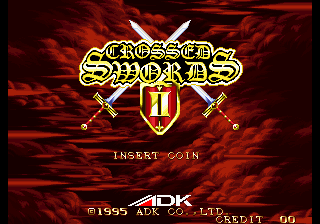
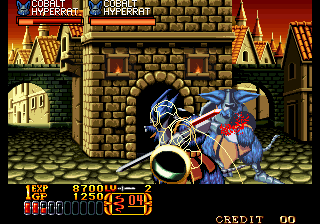
The same happened for NeoGeo Mahjong title Final Romance 2, however this one is a little less interesting because there was already an arcade version of Final Romance 2, albeit on different hardware.
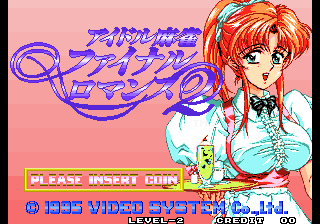
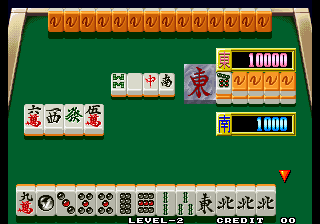
The Cedar Magnet system games could also be considered interesting bootlegs. While several original titles were advertised for the Magnet System (a floppy disk based arcade system from Spain), the only ones to actually surface were 3 completely reprogrammed versions of older arcade titles; Exzisus, Time Scanner and Xain’d Sleena. None of the recreated games is especially good, suffering from far worse control than the original games, lower resolution graphics and constant pauses while the games load more data from the floppy disks. Even with those flaws these remain an interesting insight into arcade development in Europe as the manufacturer must have seen a market for doing this.
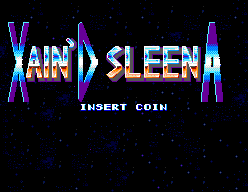
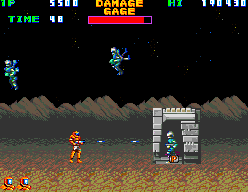

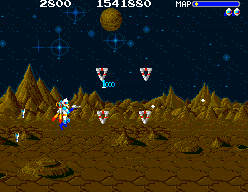
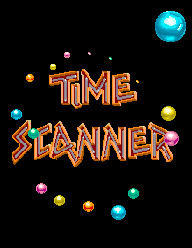
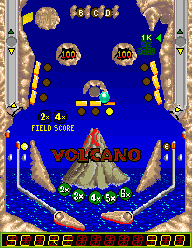
Potential Pet Projects
Sometimes things get dumped and end up being stored in drivers just waiting for somebody to work on them. I’d say the Sega Print Club stuff was getting to this level now; 2016 saw many more of them dumped (and we’re lucky, they use terrible quality Flash roms – many are already going bad, and also in some cases them simply seem to have badly programmed self-tests that weren’t updated to reflect revised roms, and don’t always check all the rom data!) There are other ‘Club’ games from Sega too that fall into the same category, such as Name Club.
None of the newly dumped Print Club games actually do much, somebody really needs to simulate the Camera and Printer hardware to a good enough degree to make them boot (and with such accessories being readily available these days, I’m surprised nobody has come up with a way of allowing MAME to use them) A handful of the games did turn out to use the same protection device as Sega’s Decathlete and might be of use in trying to figure out that compression encryption scheme; for example, one of the Name Club titles compresses all the data intended for the printer using it, and makes good use of custom tables which could shed some light on it.
*** Print Club and Name Club screenshots ***
The Sega STV hardware on which the Print Club games run also had a number of other ‘novelty’ titles. Choro Q Hyper Racing 5 is another that was dumped in 2016. In this case it’s a bit like a miniaturized version of Sega’s Royal Ascot type games, where you have to place bets on which car you think is going to win the race. Unlike the larger units (for which we still don’t have a complete dump – more on those later) this one is all driven from a single ST-V unit and one screen. The inputs for each player still need hooking up tho, so right now you can only watch the attract mode.
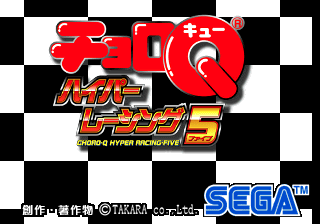
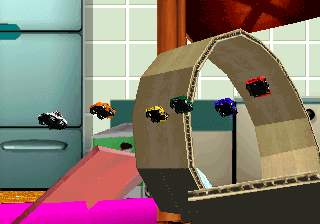
Mahjong
It’s actually quite rare for a new Mahjong game to turn up these days, there are still some rare and undumped titles out there, but like everything else they only trickle through occasionally. Sometimes this is in the form of previously unseen games, sometimes it’s in the form of variations on existing ones as quite often Mahjong games had 2 different versions, one with BET mechanics (basically gambling games) and others that are played for score only.
Mahjong Joshi Pro-wres -Give up 5 byou mae- ia a mahjong game that wasn’t previously dumped at all, it’s from Home Data and has a very cheesy wrestling theme to it. It’s about what you’d expect from a Home Data mahjong title.
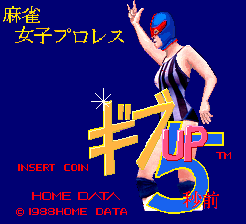
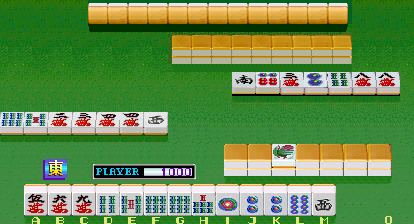
Mahjong Senpu is a more recent title, developed by Oriental Soft, better known for 1945k III and G-Stream 2020. It uses a hyperstone CPU, but otherwise seems to present a by-the-numbers Mahjong experience with a very buggy test mode! (seriously, the input test is completely broken, even on real hardware)
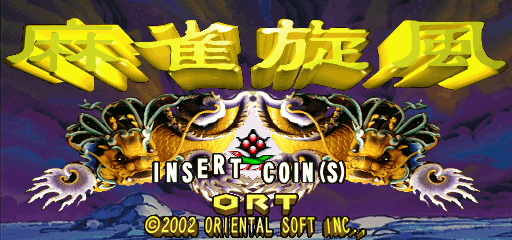

Ride-on
Another kind of thing that have been trickling through over the last few years are dumps from machines that are rides moreso than games; little amusement machines that were designed for kids to put money in and enjoy a visual experience with some token gameplay rather than a fully-fleshed out game.
Waku Waku Marine is another Sega offering along those lines with an underwater theme. Such themes appear to have been quite popular in Japan.

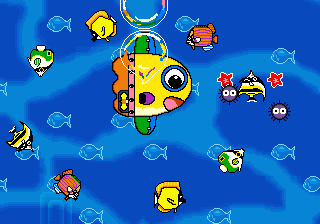
Pokonyan is one of Capcom’s offerings to the genre, a previously unknown CPS1 title featuring a hot-air balloon flying over various backgrounds.
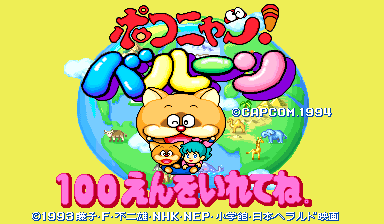
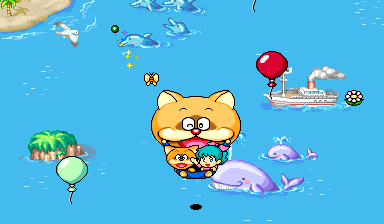
Gambling Titles
I’ll talk more about the Acorn Archimedes later, but one interesting thing about the hardware is that while it was primarily an educational machine in the UK (found in most schools etc.) elsewhere the same hardware designs were used mainly to drive gambling machines. The most famous of these platforms was the Aristocrat MK5 platform which was used extensively in Australia and New Zealand. Aristocrat also exported some of their games to other territories such as the US, slightly different hardware was used for each region depending on local regulations.
Improvements to to AA emulation in MAME resulted in a number of the MK5 games, specifically the US region ones booting and becoming playable to an extent (they’re not yet marked as working because some issues still remain) The non-US region versions still don’t boot, presumably because they need different I/O or communication boards hooked up on the serial ports. Unfortunately this progress did also reveal that the majority of the US Aristocrat MK5 sets are bad dumps, they were clearly dumped without verifying the dumps afterwards as they’re full of random bad bits that cause instant checksum fails on startup, or invisible ones that prevent the games from decompressing graphics and causing them to reboot after the initial checks but before starting up.

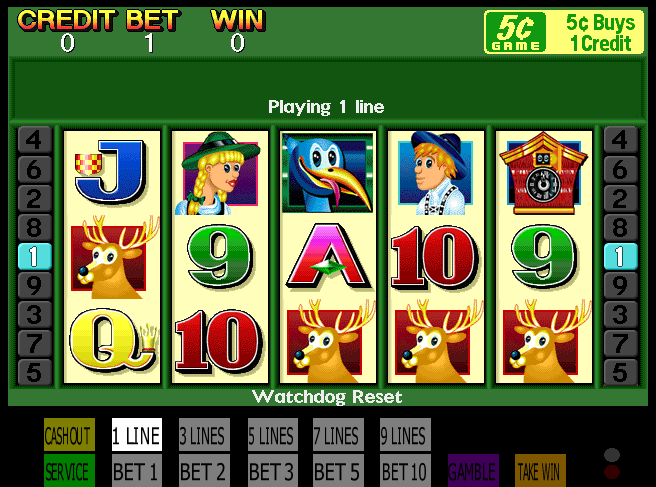
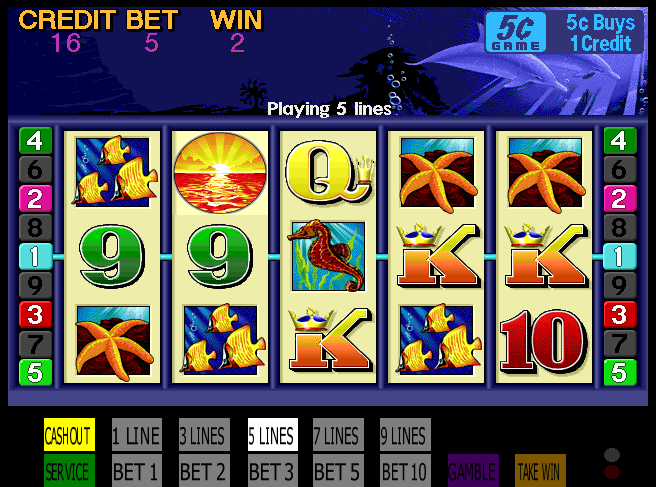
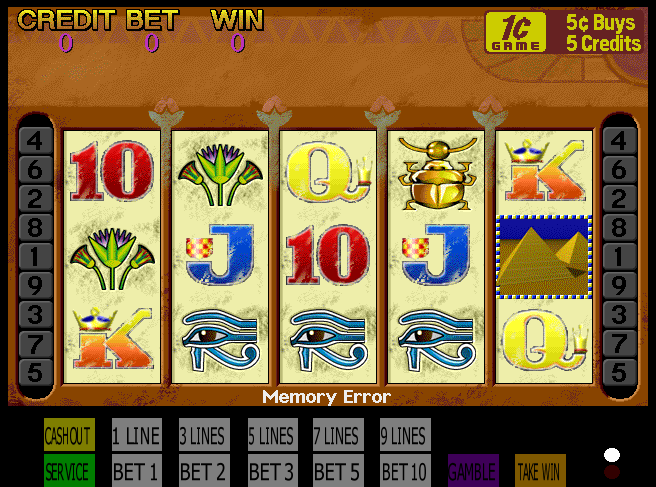
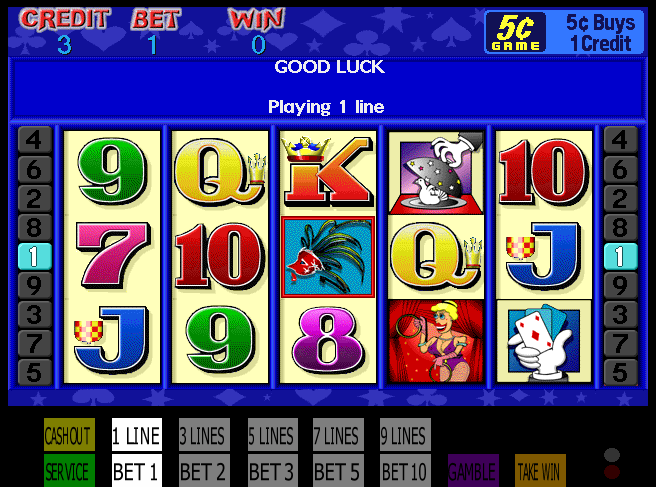
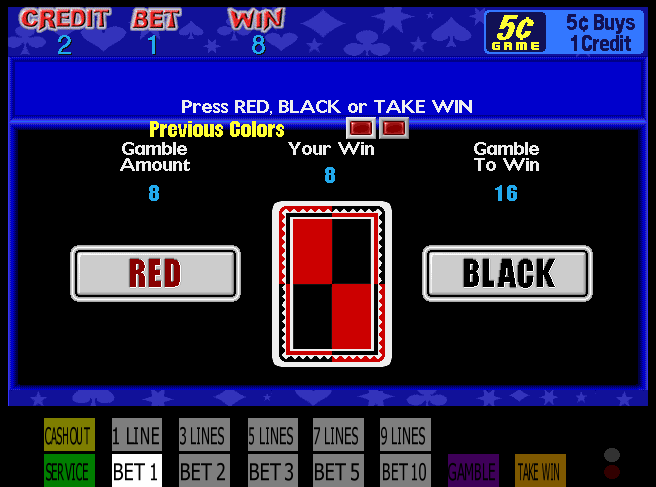
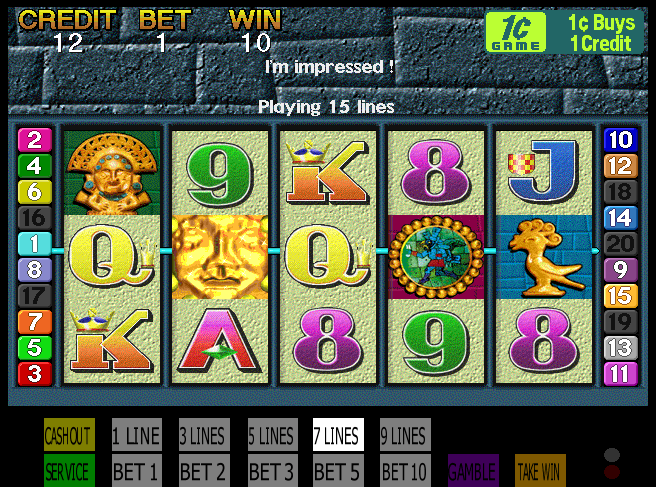
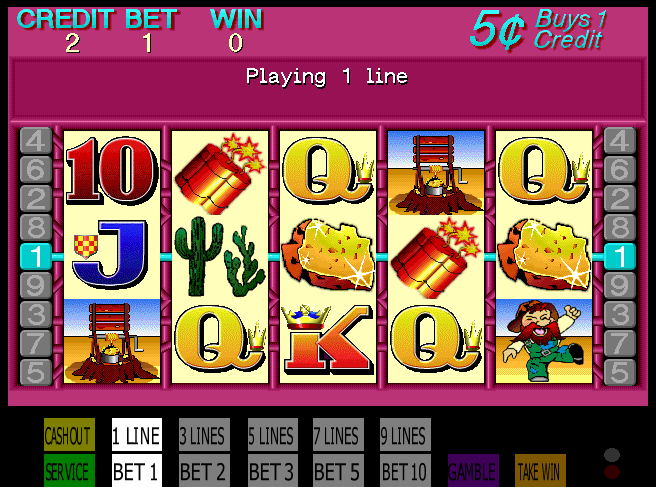
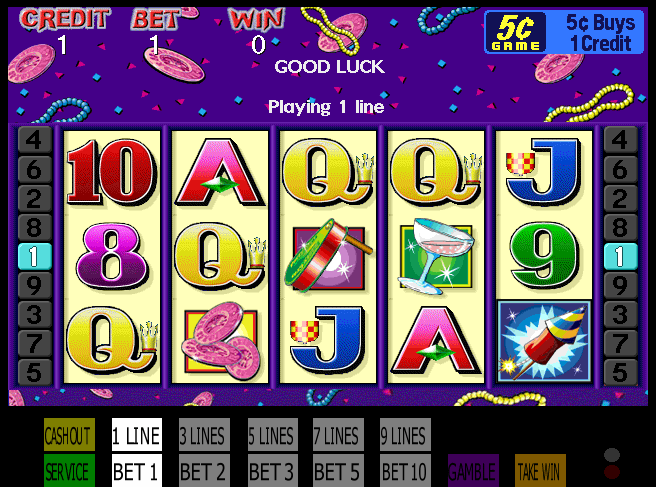
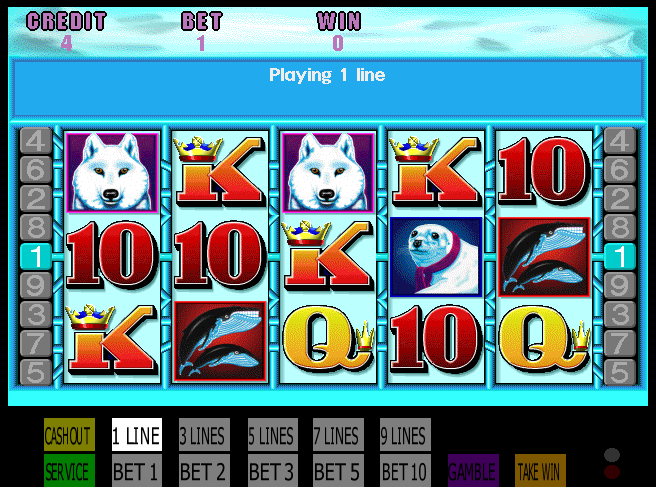
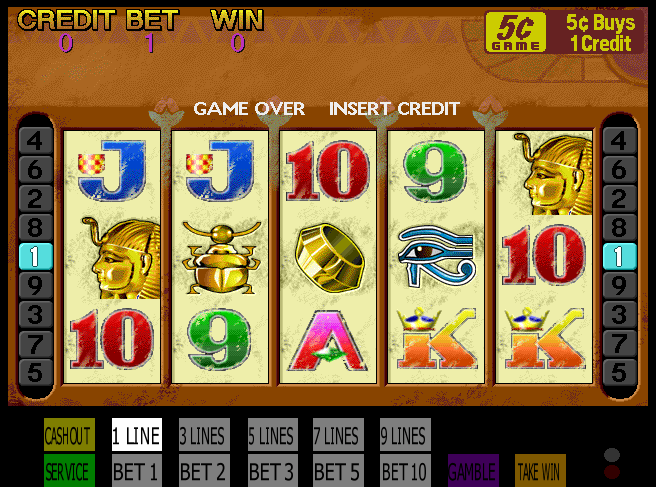
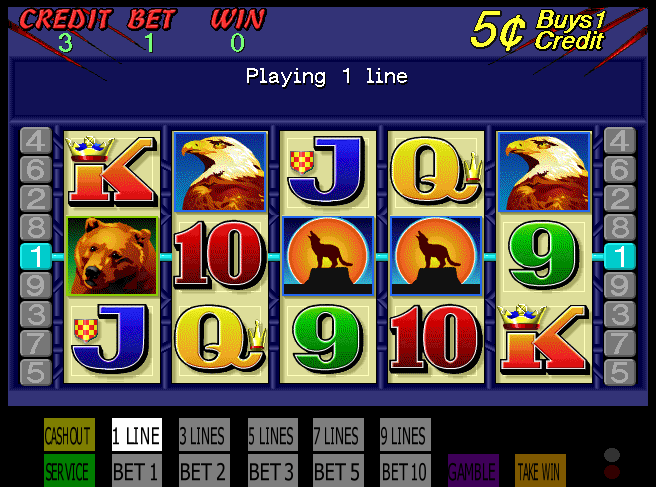
A more basic looking gambling game can be found in the form of Fun Tech’s “Super 2-in-1”. It’s not especially Super, and not especially fun, but it’s always good to see what different manufacturers were putting out, and while there are many hacks floating around of games like this it looks like this one had been in storage a long time, and is likely untouched original code, that’s always a bonus. The double up bonus game I’m not sure works correctly (it doesn’t seem to be an emulation error) there’s a dipswitch to disable it, maybe it was never meant to be eanbled.
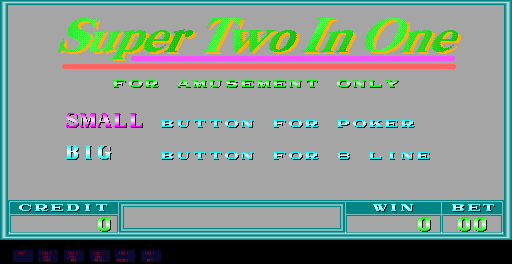
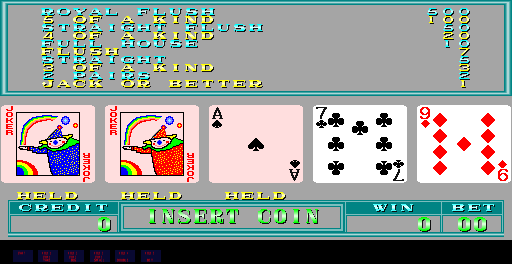
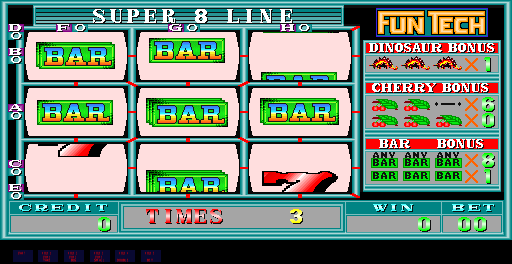
Baby Steps
Some drivers saw small bits of progress too, a couple of fixes allow NetMerc to boot in the Model 1 driver, although it still crashes and has badly broken 3D, hopefully it just needs a different TGP simulation rather than there being an issue with the ROMs. The game isn’t even remotely playable, but it was still nice progress to see.
